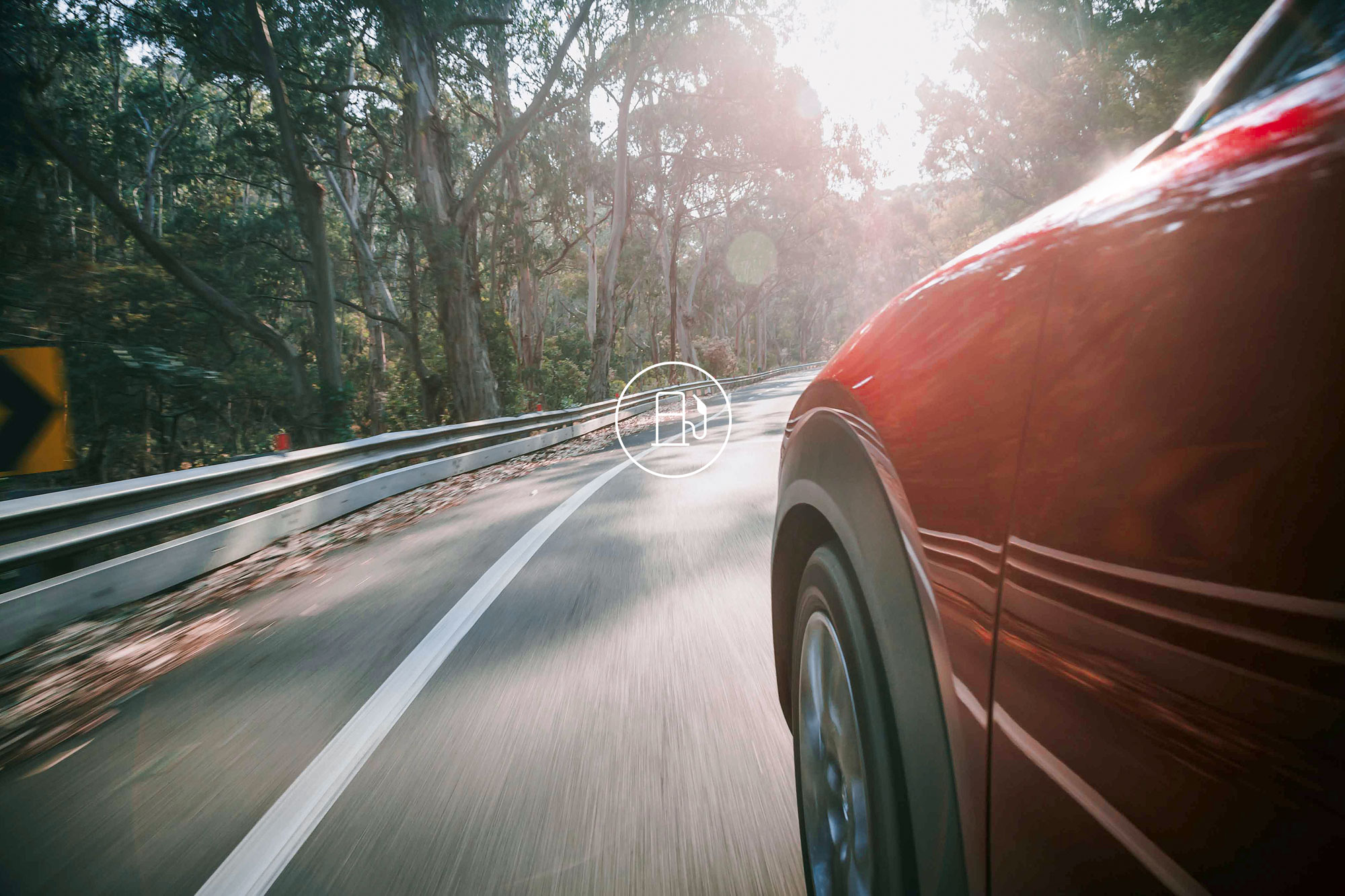
INNOVATE
MAZDA’S MULTI-SOLUTION STRATEGY: FUEL FOR THOUGHT

INNOVATE
MAZDA’S MULTI-SOLUTION STRATEGY: FUEL FOR THOUGHT
From the reimagining of the humble combustion engine to developing the all-electric cars of the future, Mazda is hard at work revolutionising the way we think about sustainability.
Words Ed Cooper
![]()
MANUFACTURING FUEL-EFFICENT CARS
Despite the huge demand for companies to switch to more sustainable methods of energy, automobile manufacturers still face numerous challenges when it comes to moving towards a greener and more electric future. Often, trickier elements such as regional charging infrastructures, emissions from power plants powering electricity grids, and viable source materials can all trip up even the most well-intentioned and climate-conscious vehicle manufacturer.
For Mazda, a wider goal of achieving carbon neutrality across each vehicle’s life cycle by 2050 is proof that the brand is driving in the right direction and addressing these issues for a considerably greener future. One of the most effective ways for Mazda to pursue these objectives is through innovation in powertrain technologies across its range of sustainable and fuel-efficient vehicle, from internal combustion engines to PHEVs and hybrids to fully electric vehicles (EVs).
While most manufacturers concentrate simply on exhaust fumes to reduce CO2, Mazda has adopted a well-to-wheel (WTW) approach that, in addition to the emissions coming directly from the vehicle, also accounts for the emissions coming from the fuel or production of electricity in the case of EVs. This is crucial to achieving actual reduction in greenhouse gas (GHG) emissions as infrastructure in each country differs, and in certain regions EVs may in fact generate more emissions on a WTW basis than efficient diesel or petrol engine counterparts.
In other words, there is no one solution that fits all. This is what Mazda’s multi-solution approach is all about — finding innovative solutions for its customers’ needs across the full range of vehicles and powertrains.
INTERNAL COMBUSTION ENGINE
INTERNAL COMBUSTION ENGINE


The e-Skyactiv X engine is a revolutionary engine from Mazda, achieving fuel efficiency and environmental performance by predicting energy input and output during driving.
It’s the first of its kind, using advanced combustion technology to achieve levels of performance and efficiency that were previously impossible.
Essentially, this internal combustion engine combines the best of both petrol and diesel engines: it starts with a spark plug like a petrol engine and then uses forced induction to ignite fuel within each piston like a diesel engine.
Mazda calls this the Spark Controlled Compression Ignition (SPCCI), and it’s designed to generate more power while using less fuel and generating fewer emissions — up to 30 per cent less, in fact — than a regular petrol engine. From relaxed city drives to far-flung adventures, the e-Skyactiv X engine is ready and raring for any journey. The SPCCI engine combines the fuel efficiency of a diesel engine with the power and drivability of a petrol engine, making it an ideal all-rounder.
The Skyactiv-G and Skyactiv-G Turbo approach the challenge of building fuel-efficient engines through high compression ratios: by compressing the air-fuel mixtures in the cylinders to much higher ratios than conventional engines, Mazda is able squeeze more energy from every drop of fuel.
At the other end of the compression spectrum is the Skyactiv-D, Mazda’s clean, highly efficient diesel engine that has one of the world’s lowest diesel-engine compression ratios. This enables a better mixture of air and fuel for a diesel engine that complies with strict exhaust gas regulations around the world.
On the racetrack, Mazda is taking fuel-efficient experimentation one step further, with its Zekken 55 Mazda2 Bio Concept car, which is fuelled by 100 per cent biodiesel made from used cooking oil and microalgae fats.
HYBRID AND PHEVs
HYBRID AND PHEVs


Mazda’s hybrid electric vehicle (HEV) powertrains combine traditional engineering with innovative solutions.
The M Hybrid system, for example, uses a small generator to capture energy normally wasted during braking. With that energy, other interior accessories such as air conditioning, audio, and system technology receive power from the 24-volt battery, saving fuel in the process.
If you prefer to plug things in, then the all-new Mazda CX-60 has plug-in hybrid electric vehicle (PHEV) technology. It has a petrol engine combined with an electric motor that allows for up to 60km of pure electric driving, ideal for shorter journeys. The PHEV powertrain embodies Mazda’s multi-solution approach of utilising the right solution at the right time, by fusing long-distance driving through conventional fuel use, or switching to 100 per cent electric driving if you are covering shorter distances.
By 2030, all Mazda combustion engines will benefit from reduced emissions and higher efficiency, thanks to hybrid electric systems. Now that’s smart tech.
ELECTRIC VEHICLES
ELECTRIC VEHICLES


The MX-30 is just one part of Mazda’s commitment to pursuing the path to climate neutrality and sustainability.
The lightweight 35kWh battery can be charged from 20 per cent to 80 per cent in a sprightly 36 minutes on a 50kWh DC charge, then go on to cover up to 224km of emissions-free driving.
The battery that powers the MX-30’s motor is compact, too. This helps the vehicle offset the emissions created during production for a true, emission-free Jinba Ittai experience.
Find out more
Driving forward
Discover Mazda’s vision of future mobility with the petrol, diesel, and electric powertrain line-up